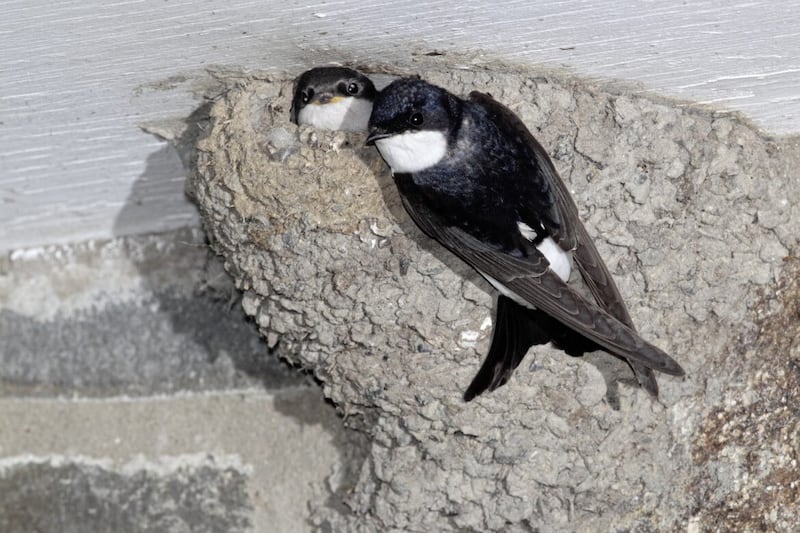IRELAND is not widely regarded as a dangerous place to live when it comes to animals or poisonous species. We don't have large predatory mammals – well, apart from a flesh-eating and territorially aggressive biped.
Some insect stings can be nasty and extremely dangerous to those who have allergies and a bull in a field is best given a wide berth.
However, it is in among our hedgerows, along our riverbanks and in our forests that our most dangerous species live. While there is a rich harvest of free food out there for foragers there are some species that should best be avoided – 99 per cent sure is not an option.
Cow parsley is a case in point, for not only is it similar to but it also grows in the same places as hemlock, which if eaten in even just a small portion is deadly to humans.
In fact there are some expert foragers who question why even bother, as the flavour of cow parsley is not particularly exotic in the first place and can easily be substituted by other less easily confused species such as ground elder.
According to the Greek philosopher Socrates, who died after drinking a cup of hemlock: "True wisdom comes to each of us when we realise how little we understand about life, ourselves, and the world around us."
The most deadly species in Ireland are also some of the most secretive and there is often a clue in their names – death cap, destroying angel and panther.
But knowing what these mushrooms are called is one thing, knowing how to identify them is something else.
Again, it goes back to the foragers mantra - 'When in doubt leave it out' - and it is best to stick to easily identifiable mushrooms which cannot be confused with poisonous ones.
There is an abundance of books and online material to help foraging beginners work out what is safe to eat and what is not, but there is a lot to be said for going out with an expert.
I have done this a few times and limit myself to gathering only what I have seen other people eat and not gone into convulsions.
As with so much in the modern world, these are skills that have been lost to us and while only the most dedicated would be able to live wholly off the land by foraging, a bit of amateur dabbling is a rewarding way to reconnect with our landscape.
The Irish language, as is often the case, is hugely evocative when it comes to describing nature and how we as humans observe and experience it.
A term for the common edible mushroom which most people can spot growing in a field is 'fás aon oiche' (grows in one night), which succinctly describes how this species seems to appear from nowhere overnight.
There is still a certain sniggering bemusement among some people when I tell them that I have been out foraging for mushrooms – 'sounds magic', 'out for a day trip'.
The Irish word púca or pooka, often appears in the names of fungi. This is also a word used in relation to the faeries or people from the 'otherworld' and suggests a linguistic understanding of how people who ingested them were taken out of this reality to another place.
There are two main species of hallucinogenic mushroom in Ireland, the liberty cap and fly algaric – the iconic red cap with white spots that often features in fairy stories – and it is possible that the expression, 'sure he/she is away with the fairies' may have come from those who ingested them. Stop sniggering there...







